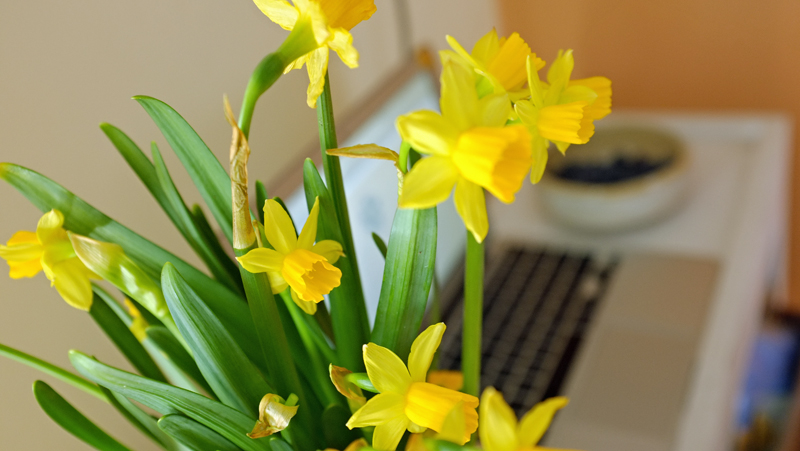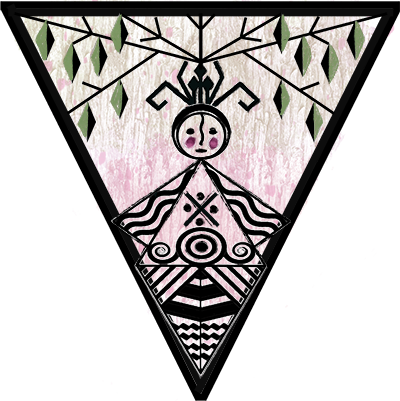 You all know about my regular struggles with blogging and being on the Web. I’ve made so many mistakes that although I’ve had this online space since 2008, I haven’t gotten anywhere with it and my audience has in time diminished rather than grown. I think that speaks a lot of my slight OCD (I keep making changes that triggers other changes, that in turn . . .), my lack of social skills (even online), my resistance to self-promotion (visceral), the ambiguity I feel about sharing personal information online, but also my slow learning . . . Right, there are too many and this is turning too negative. Let’s move away from that.
You all know about my regular struggles with blogging and being on the Web. I’ve made so many mistakes that although I’ve had this online space since 2008, I haven’t gotten anywhere with it and my audience has in time diminished rather than grown. I think that speaks a lot of my slight OCD (I keep making changes that triggers other changes, that in turn . . .), my lack of social skills (even online), my resistance to self-promotion (visceral), the ambiguity I feel about sharing personal information online, but also my slow learning . . . Right, there are too many and this is turning too negative. Let’s move away from that.
My latest efforts have been to organize my tags and categories, and mainly to understand what they are. The best analogy I found, one that makes these concepts more comprehensible, is that categories are the table of contents of your blog, they organize the information into smaller bits that have a common core, and the tags are your index, a collection of topics that your blog discusses.
An important thing to know is that changing your categories will mess up the organization of your blog, so you should take your time from the beginning to settle on a number of categories that will represent your site well. You can change your tags as you like, however, without many repercussions. (I, of course, as I was writing this post itself, decided to change some of my categories because I didn’t like the sound of them; and this is how my great journey toward the beginning continues!)
 From that it was clear to me that I should not aim at too many categories–just a handful of topics that I approach most often. This helps with my writer’s block too: when I don’t know what to write, I take a look at all my the categories and suddenly I feel like there is a multitude of subjects that I could focus on.
From that it was clear to me that I should not aim at too many categories–just a handful of topics that I approach most often. This helps with my writer’s block too: when I don’t know what to write, I take a look at all my the categories and suddenly I feel like there is a multitude of subjects that I could focus on.
With the tags the situation didn’t become much clearer. I got it that I can have more tags than categories, because indexes are much larger. I also understood that the tags should refer to ideas and key words contained in each category. While in deciding categories I only considered my material and what sort of structure would serve it better, when deciding on the tags I considered the user’s needs: what words, concepts would someone interested in my categories be looking for in particular.
An important part of all this is to know how categories and tags are used by readers and search engines. Readers use them to find the information they are interested in, and search engines can discover the content of your website based on the categories and tags that you are promoting.
I’m sorry if this post is boring for you. All these details of blogging mechanics are irresistibly interesting to me, I can’t help it. This renewed interest is fueled by the fact that I am now taking a course on information design, which I love. I am learning, for example, that center alignment is a darling of beginner designers and it is rarely the best choice. I am also talking an online documentation course at the same time, so it’s going to be a busy two months or so. But hopefully spring won’t tease us anymore and soon we’ll be able to go out to the parks and hang in the front yard in the sun, so that we replenish our endorphins and regain energy and optimism that have slowly all but disappeared during this long and unbearable winter.

